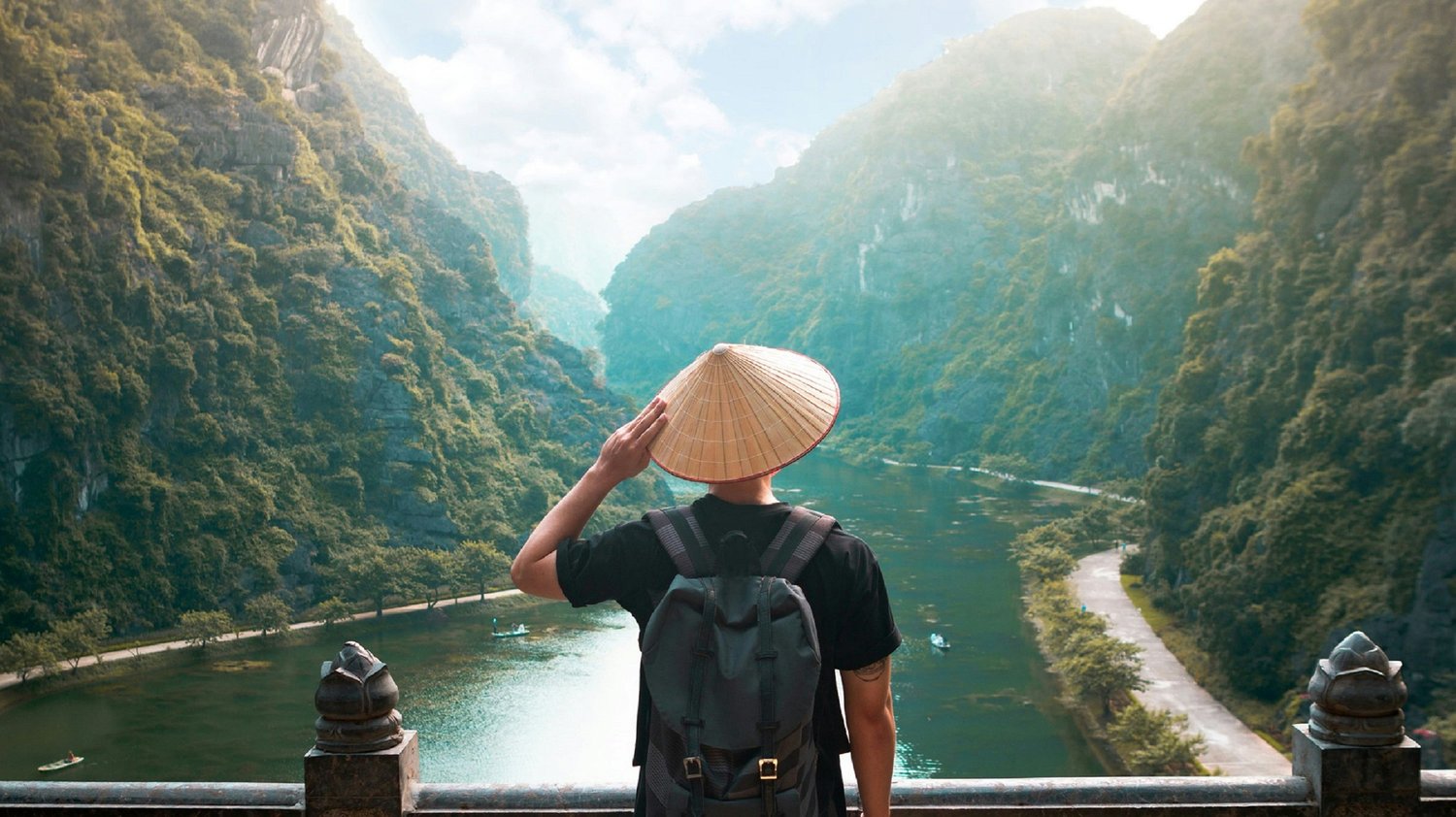Image: https://unsplash.com/photos/man-with-sun-hat-ZMdXvd6jGww
Content courtesy of and created by the International Drivers Association
Theoretical Framework
The concept of the tourist gaze, introduced by John Urry in 1990, serves as a foundational framework for understanding the transformation of culture into a performance in tourism. Unlike previous functionalist and ethnocentric theories, the tourist gaze emphasizes visual consumption by tourists of cultural and natural sites. Urry categorized the tourist gaze into various forms, including the ‘collective’, ‘spectatorial’, ‘environmental’, and ‘anthropological’ gazes, representing different tourist engagements with their surroundings.
Gaze theory has significantly evolved, highlighting the impact of visual practices on the tourism industry and local cultures. Scholars have expanded on Urry’s ideas, identifying shifts such as the “dark tourist gaze” evolving into more environmentally and culturally aware gazes. At the core of gaze theory is the interplay between visual consumption and power, influenced by Foucault’s concepts. This interplay helps understand how the tourist gaze commodifies local cultures, influencing perceptions of authenticity.
The tourist gaze involves expectations and experiences affecting both tourists and hosts, often leading to commercialization and concerns about authenticity. The tourism industry must balance economic benefits with cultural integrity, requiring careful management strategies. Reviewing the theoretical and empirical developments of the tourist gaze highlights its contributions to tourism knowledge and suggests potential research directions, emphasizing tourism’s role in shaping cultural performances and representations worldwide.
Performance and Culture
Cultural tourism often blurs the line between authentic representation and performative spectacle, intertwining authenticity, commodification, and economic incentive. This transformation of culture into performance can be understood through the “tourist gaze,” which actively shapes and distorts cultural landscapes. Tourists seek “authentic” experiences, but this pursuit can lead to commodification, where traditions are modified for tourist expectations, risking authenticity.
As tourism expands, local cultures face pressure to commodify customs for economic gain, resulting in performative culture representations tailored for the tourist gaze. Cultural events and rituals, once private or sacred, become public spectacles to entertain visitors. This creates a dual reality of authentic culture alongside its performative counterpart, raising questions about cultural tourism’s sustainability and its role in preserving genuine cultural practices.
Despite challenges, cultural tourism offers opportunities for preservation and economic development. Sustainable cultural tourism can enhance community well-being while maintaining cultural integrity by involving local communities in decision-making. The challenge is balancing economic benefits from cultural performances with preserving authenticity and dignity.
Case Studies
The Hanok Experience in Korea
The Hanok experience in Korea exemplifies the intersection of culture and tourism. Hanoks, traditional Korean houses, offer tourists authentic immersion into historical living experiences, bridging past and present. This case illustrates growing demand for authenticity among cultural tourists, seeking genuine experiences at cultural heritage destinations.
Visual Arts and the Tourist Gaze
Dr. Louise Todd’s research on visual arts examines how tourists’ visual practices, like photography, intersect with the tourist gaze. Her study highlights how media and tourism representations influence tourists’ perceptions and engage with cultural experiences, emphasizing visual representation’s role in shaping tourist interactions.
Urban Tourism and Historical Staging
Urban tourism explores the tourist gaze, especially in cities where historical areas align with tourists’ expectations. Emerging in the 1980s, urban tourism was driven by renewed interest in cultural activities. It requires careful staging to meet expectations while preserving historical site authenticity, balancing cultural conservation with tourist satisfaction.
Media and Technology
In today’s digital age, media and technology shape the tourist gaze, turning cultural experiences into performances. Social media has revolutionized tourism marketing, democratizing access and influencing perceptions. Influencers play a significant role in destination promotion, shaping images aligned with the visual-centric tourist gaze.
Social media allows tourists to produce and share content, creating a performative tourism aspect. This content sharing induces travel anxiety as individuals compare experiences, highlighting social media’s powerful influence on travel intentions. The intersection of media and tourism underscores the transformation of culture into performance, characterized by visual consumption of places.
Ethical Considerations
Ethical considerations are paramount in cultural tourism as destinations maintain authenticity while accommodating visitors. The responsibility is to prevent commodification and marginalization of local cultures, particularly indigenous communities, at risk of being exoticized for tourist consumption.
Tourism marketing often perpetuates stereotypical narratives, distorting authentic images and undermining cultural sovereignty. The commercialization of cultural practices raises concerns about authenticity and whether cultural tourism can remain genuine while contributing to economic development. Local communities must be central in decision-making to ensure tourism benefits without compromising cultural heritage.
Balancing tourist attraction and cultural heritage preservation requires inclusive, respectful strategies, emphasizing sustainable tourism policies, local participation, and effective visitor impact management. Ethical considerations in cultural tourism demand a conscientious approach, fostering genuine engagement between visitors and local communities, ensuring tourism becomes a force for positive cultural exchange, not exploitation.
Travel Logistics and Cultural Engagement
Understanding the logistical aspects of travel, such as obtaining necessary permits and understanding driving regulations, is crucial for tourists engaging in cultural tourism. As travel extends to remote and diverse cultural landscapes, ensuring proper travel documentation enhances both the experience and safety. For instance, obtaining an International Driving Permit is essential for tourists aiming to explore cultural sites independently by road. The International Drivers Association underscores the importance of being prepared and informed, providing accessible solutions for travelers worldwide. As noted by their spokesperson, “Traveling with confidence and knowledge of local driving laws ensures a more immersive and respectful cultural experience.”



